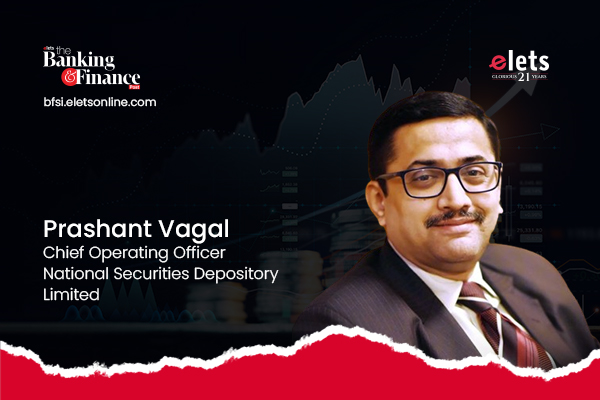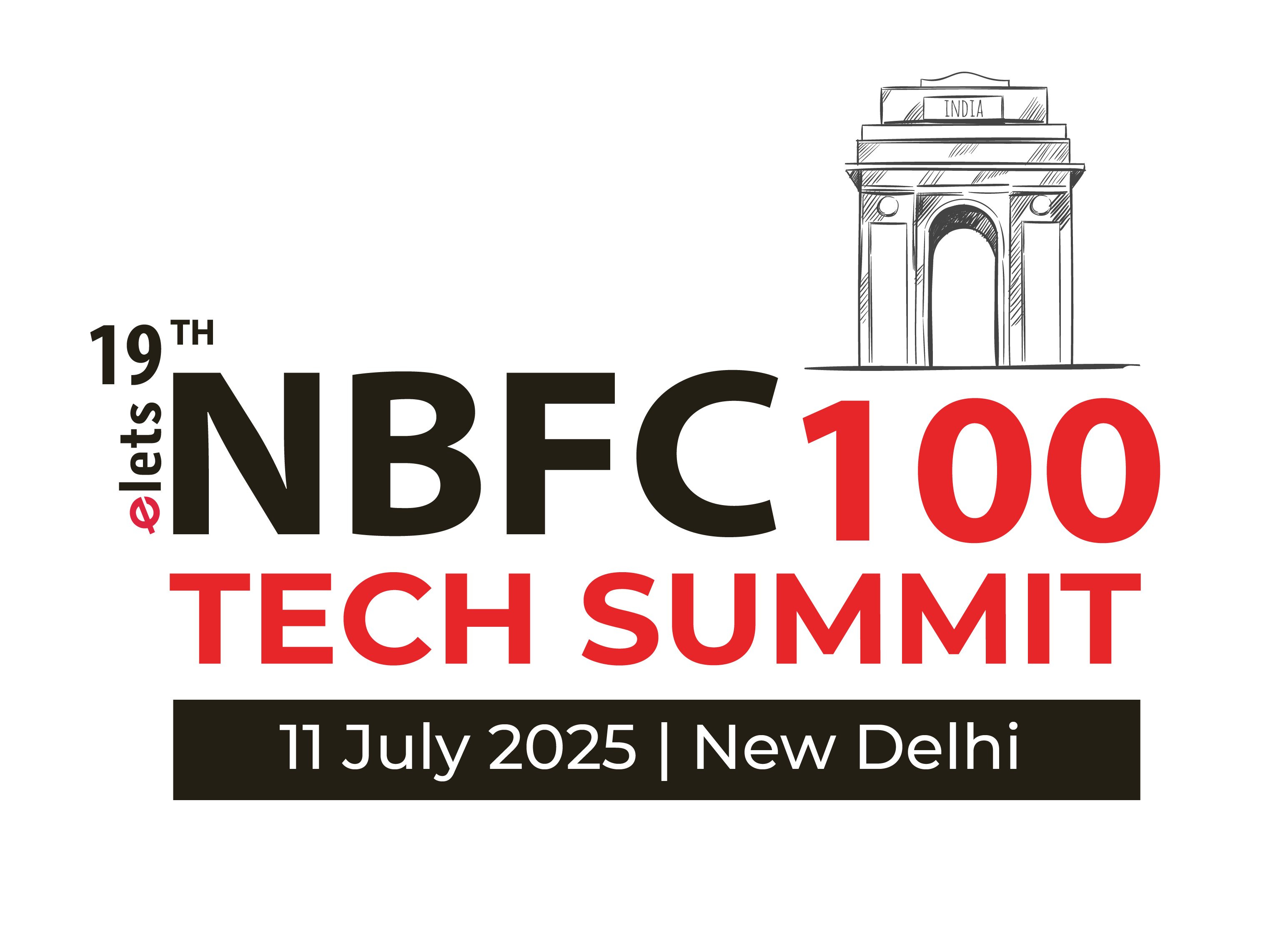The Indian stock market has made significant strides in recent years, with a market capitalisation exceeding USD 4.6 trillion as of February 2024. This growth is largely attributed to the robust and tech-enabled infrastructure, supporting digital features like screen-based trading, electronic order routing, and electronic holding of securities. However, with increased trading activity comes the need for enhanced security measures to protect investors’ interests.
Shorter Settlement Cycles: A Step Towards Improved Security
The introduction of shorter settlement cycles, from T+5 to T+3 in 2002 and subsequently to T+2 in 2003, has significantly reduced the risk of counterparty default. The recent introduction of T+1 settlement cycle in 2022 has further minimised this risk. Now, with the beta version of T+0 settlement cycle, India is at the forefront of innovation in securities settlement.
Spearheaded by SEBI, NSDL, India’s first depository, has successfully implemented the Beta version of T+0 settlement cycle on an optional basis in addition to the existing T+1 settlement cycle in equity cash markets for a limited set of 25 scrips on March 28, 2024. It is a continuous progress from weekly settlement to rolling settlements to T+0.
T+0 Settlement: A Game Changer for Security
T+0 settlement refers to a settlement cycle where the delivery of securities and corresponding payment occur on the same business day as the trade day. This reduced settlement cycle brings several security benefits, including:
- Reduced counterparty risk: With immediate ownership transfer, the risk of buyer or seller defaulting on their obligation is minimised.
- Increased transparency: Near real-time settlement provides a clearer picture of ownership and reduces settlement-related uncertainties.
- Increased liquidity: Faster access to settled funds allows investors to redeploy capital quicker, potentially increasing overall market liquidity.
A phased approach to ensuring security
SEBI has introduced the T+0 beta version on an optional basis, allowing investors to opt for this settlement cycle actively. This cautious approach enables testing of the system’s efficacy, identification, and addressing of potential challenges before wider implementation. In this initial phase, the T+0 settlement will be possible only with a limited set of 25 stocks, ensuring a controlled environment for testing the system’s efficacy and identifying and addressing potential challenges before wider implementation.
All investors can participate in the T+0 segment, provided they meet the required timelines, processes, and risk requirements. This cautious approach allows for identification and addressing of potential challenges, ensuring minimal risk of counterparty default, fraud, and market manipulation. Additionally, the coexistence of T+1 and T+0 settlement cycles provides investors with flexibility and choice. Furthermore, robust risk management systems, real-time monitoring, and stringent settlement guarantees ensure the integrity of trades, protecting investors’ interests and maintaining market stability.
How will the pay-in and pay-out work?
There will be a separate market type for T+0 settlement and Early Pay-in (EPI) of securities will be mandatory for delivery of securities in the T+0 settlement cycle. Only account transfer instruction of ‘Block with Early Pay-in’ will be permitted under T+0 settlement cycle on intra or inter- depository transactions.
NSDL will share all the successful EPI instructions with the relevant CCs before 1:45 PM on the same trade date. Any EPI with ‘overdue status’ i.e. no balance instructions, will be cancelled at or after the early pay-in deadline time.
UPI block: A arucial enabler for secured settlement
The Unified Payments Interface (UPI) plays a vital role in T+0 settlement. SEBI has mandated the use of UPI blocks for T+0 trades.
Win-win situation for stakeholders
The proposed T+0 settlement cycle offers a win- win situation for both investors and the overall market ecosystem. For clients, T+0 settlement provides faster access to funds and securities, enhanced control over holdings, and increased flexibility to react to market movements.
For the securities market ecosystem, T+0 settlement increases market efficiency, improves risk management, and minimises counterparty risk.
Also Read | HDFC Securities launches HDFC SKY, a new trading app on AWS
India leading the way in secure trading
While the US stock market still operates on a T+2 settlement cycle, India’s foray into T+0 settlement cycle is a significant step forward in securities settlement. This move further
strengthens India’s position as a global financial hub, attracting international investors seeking efficient and secure markets.
The road to instant settlement
The T+0 beta version paves the way for a future where settlements happen instantaneously. Achieving this level of immediacy requires robust infrastructure, stringent risk management practices, and continuous technological advancements. With T+0 settlement, India is poised to lead the way in secure and efficient trading.
On the horizon
The introduction of T+0 settlement cycle marks a significant step forward for the Indian stock market. With its focus on speed, efficiency, and security, T+0 holds the potential to revolutionise the trading landscape. As the market continues to evolve, it is crucial to prioritise security aspects in trading, ensuring a safe and stable environment for investors.
Views expressed by Prashant Vagal, Chief Operating Officer, National Securities Depository Limited
Elets The Banking and Finance Post Magazine has carved out a niche for itself in the crowded market with exclusive & unique content. Get in-depth insights on trend-setting innovations & transformation in the BFSI sector. Best offers for Print + Digital issues! Subscribe here➔ www.eletsonline.com/subscription/




















